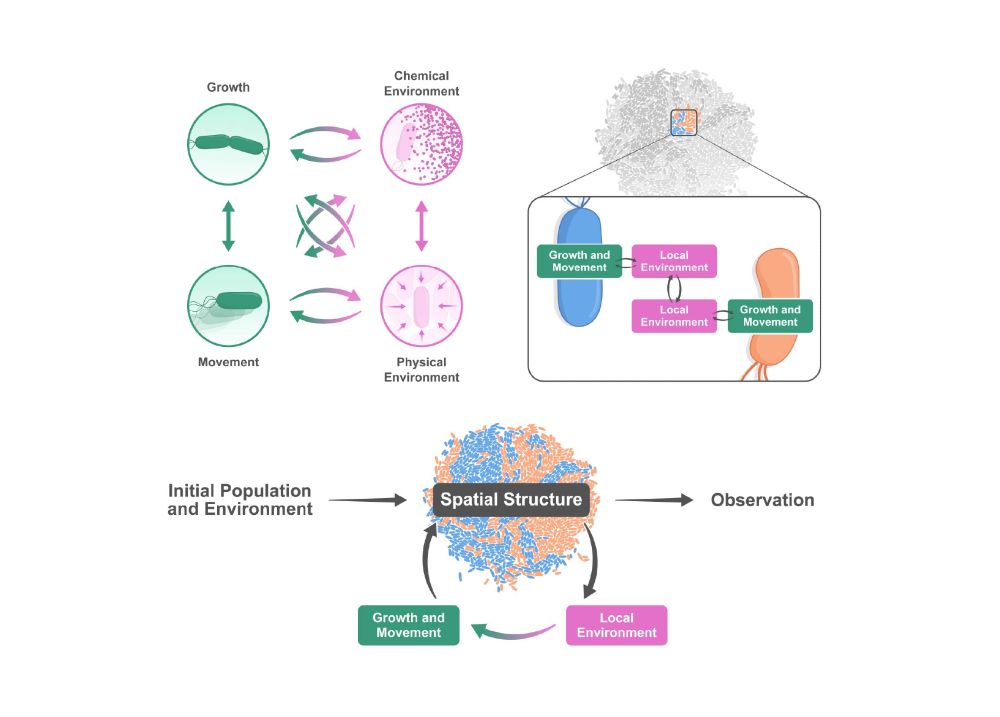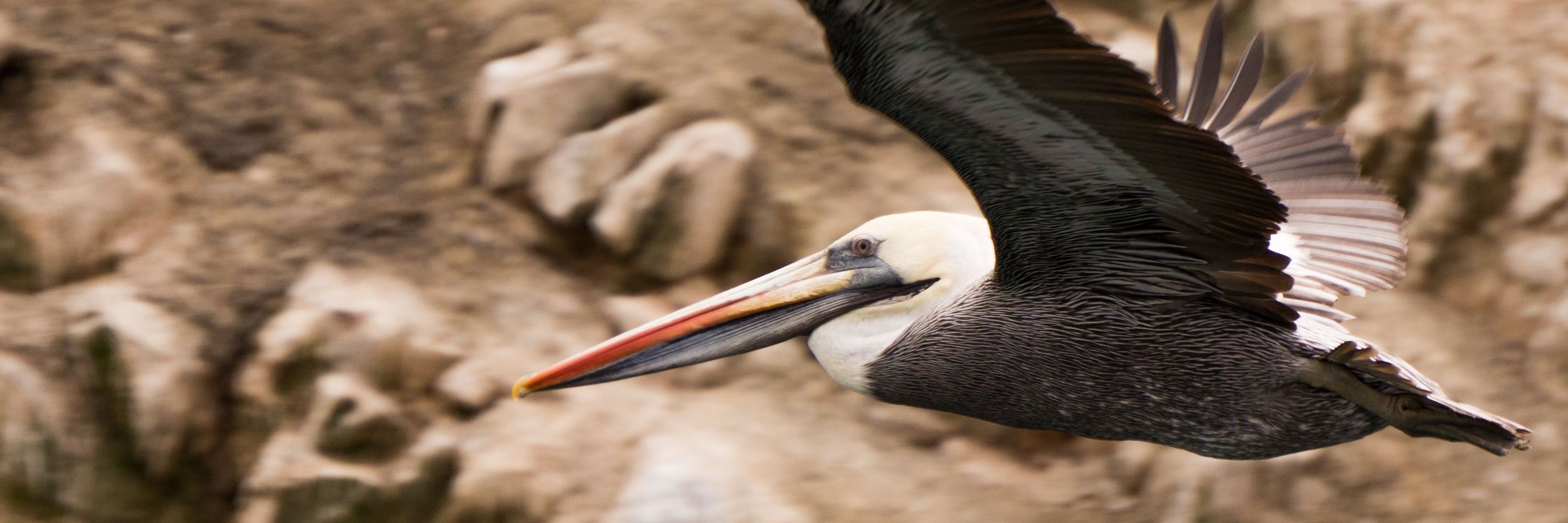
https://www.redqueenlab.com/

We show that Raman spectroscopy can identify biochemical signatures of spores in Myxococcus xanthus, and that these signatures can predict germination efficiency across natural isolates.
pubs.acs.org/doi/10.1021/...
in my group, as part of the Excellence Cluster "Microbes for Climate" (M4C) in Marburg, Germany.
More information at shorturl.at/wNnDT (see Project 2)
🔗Apply at shorturl.at/VsEDl
📅Deadline: Nov 16, 2025
Please repost. #Postdoc

in my group, as part of the Excellence Cluster "Microbes for Climate" (M4C) in Marburg, Germany.
More information at shorturl.at/wNnDT (see Project 2)
🔗Apply at shorturl.at/VsEDl
📅Deadline: Nov 16, 2025
Please repost. #Postdoc
Fun collaboration with Tao He lab (JAAS) and @brockhurstlab.bsky.social lab (Manchester)
#phagesky#microsky
www.biorxiv.org/content/10.1...

Fun collaboration with Tao He lab (JAAS) and @brockhurstlab.bsky.social lab (Manchester)
#phagesky#microsky
www.biorxiv.org/content/10.1...
Siderophore-mediated iron enrichment in the biofilm matrix enhances plant iron nutrition
www.cell.com/cell-reports...

Siderophore-mediated iron enrichment in the biofilm matrix enhances plant iron nutrition
www.cell.com/cell-reports...
journals.asm.org/doi/10.1128/...
journals.asm.org/doi/10.1128/...

See our newly released research article 📑
=> rdcu.be/eL6gu
🦠 #microsky #bacteria #PredatoryBacteria
See our newly released research article 📑
=> rdcu.be/eL6gu
🦠 #microsky #bacteria #PredatoryBacteria
Really looking forward to see what plasmid aficionados think of this one!!
With @asantoslopez.bsky.social @wfigueroac3.bsky.social Akshay Sabins and others
www.cell.com/cell-reports...

Really looking forward to see what plasmid aficionados think of this one!!
With @asantoslopez.bsky.social @wfigueroac3.bsky.social Akshay Sabins and others
www.cell.com/cell-reports...
Microbial Ecology
link.springer.com/article/10.1...

Microbial Ecology
link.springer.com/article/10.1...
www.biorxiv.org/content/10.1...

www.biorxiv.org/content/10.1...
A PhD position is available in my lab to work on:
Emergence and self-organisation of bacterial metabolism in consortia of cross-feeding bacteria.
Please RT
Deadline: 12.11.25
More infos 👇
shorturl.at/rAKAT

A PhD position is available in my lab to work on:
Emergence and self-organisation of bacterial metabolism in consortia of cross-feeding bacteria.
Please RT
Deadline: 12.11.25
More infos 👇
shorturl.at/rAKAT
We show that Raman spectroscopy can identify biochemical signatures of spores in Myxococcus xanthus, and that these signatures can predict germination efficiency across natural isolates.
pubs.acs.org/doi/10.1021/...

We show that Raman spectroscopy can identify biochemical signatures of spores in Myxococcus xanthus, and that these signatures can predict germination efficiency across natural isolates.
pubs.acs.org/doi/10.1021/...
@KostChristian
. If you’re in theoretical biology and want to collaborate closely with experimentalists, this is it!
The position provides the opportunity to closely interact with experimentalists and develop own research projects.
Please RT.
Details 👇:
shorturl.at/iiiOv
@KostChristian
. If you’re in theoretical biology and want to collaborate closely with experimentalists, this is it!
www.science.org/doi/10.1126/...
#MicroSKy #Microbiology
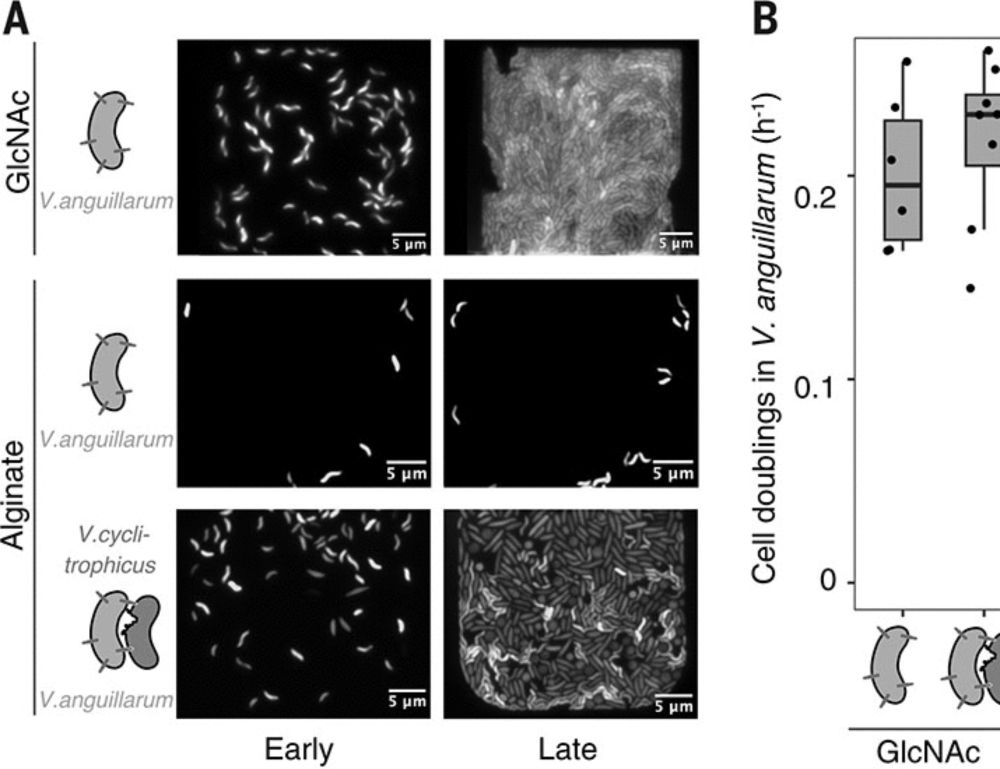
www.science.org/doi/10.1126/...
#MicroSKy #Microbiology
We show that adaptation to the bacterial predator Myxococcus xanthus shapes how prey bacteria like E. coli evolve antibiotic resistance.
Now online at NPJ Antimicrobials and Resistance !!
www.nature.com/articles/s44...
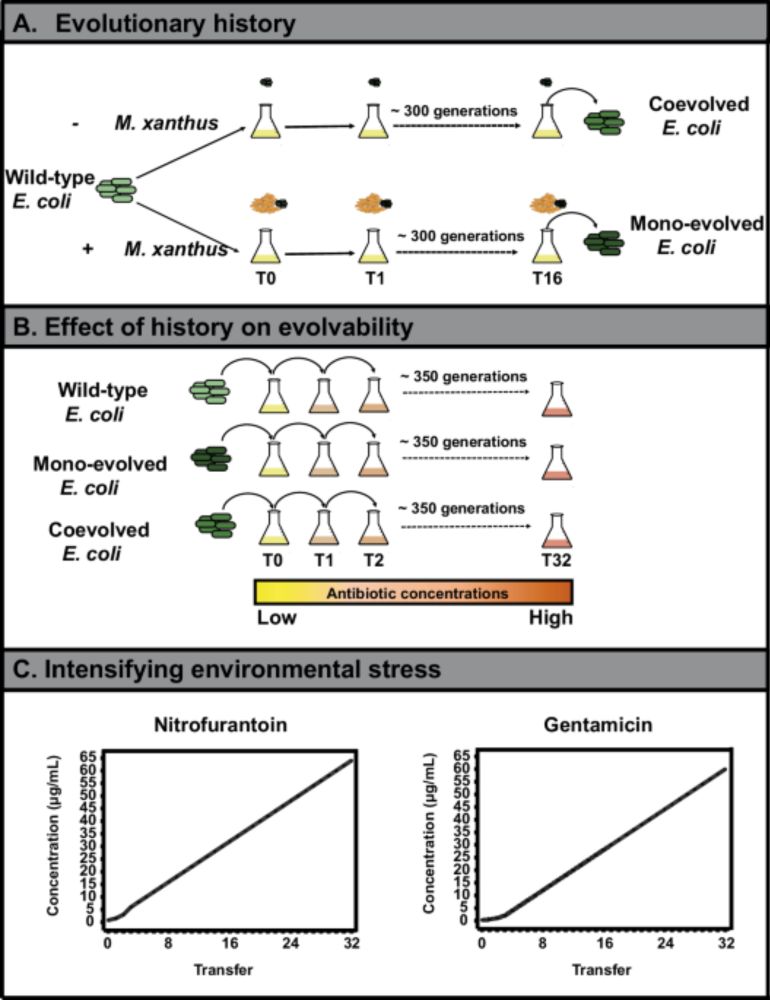
We show that adaptation to the bacterial predator Myxococcus xanthus shapes how prey bacteria like E. coli evolve antibiotic resistance.
Now online at NPJ Antimicrobials and Resistance !!
www.nature.com/articles/s44...
A short news article highlights our work on how predatory bacteria can drive antibiotic resistance—even in pristine soils, without antibiotics.
www.the-microbiologist.com/news/antimic...
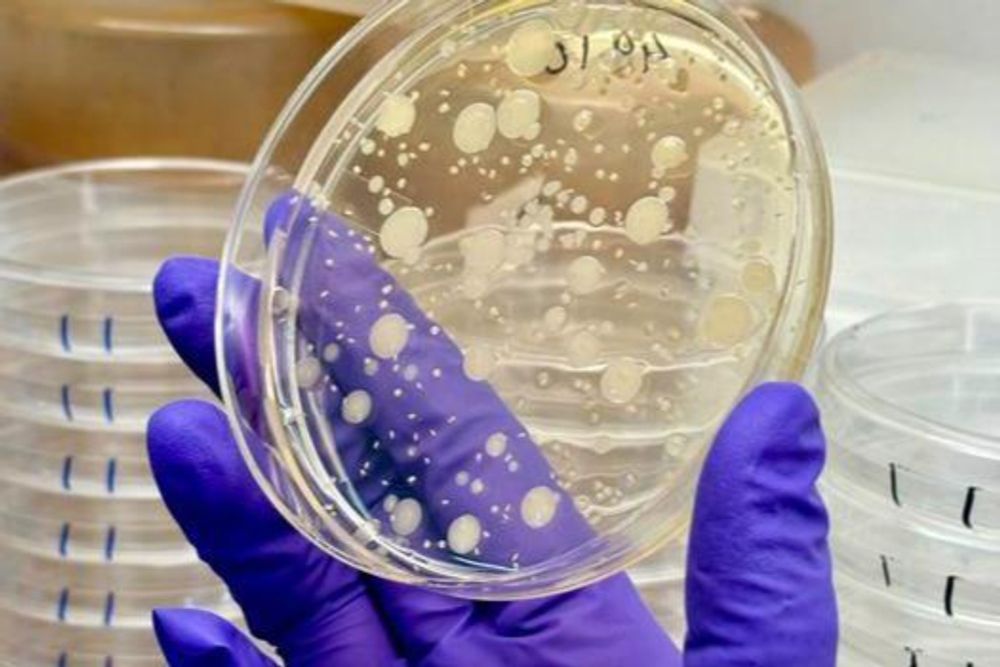
A short news article highlights our work on how predatory bacteria can drive antibiotic resistance—even in pristine soils, without antibiotics.
www.the-microbiologist.com/news/antimic...
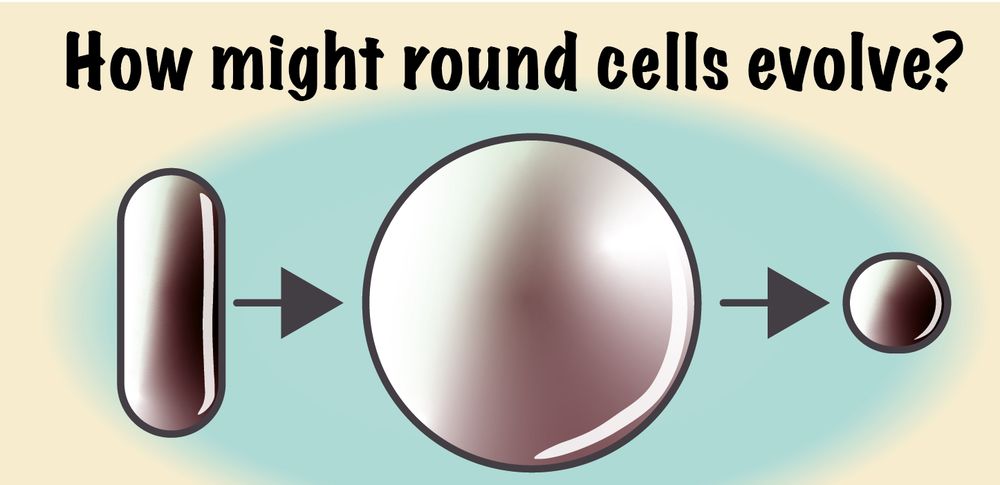
Registration: 1 Apr 2025
Course: 03 – 11 Sep 2025 | Spetses, Greece
meetings.embo.org/event/25-new...
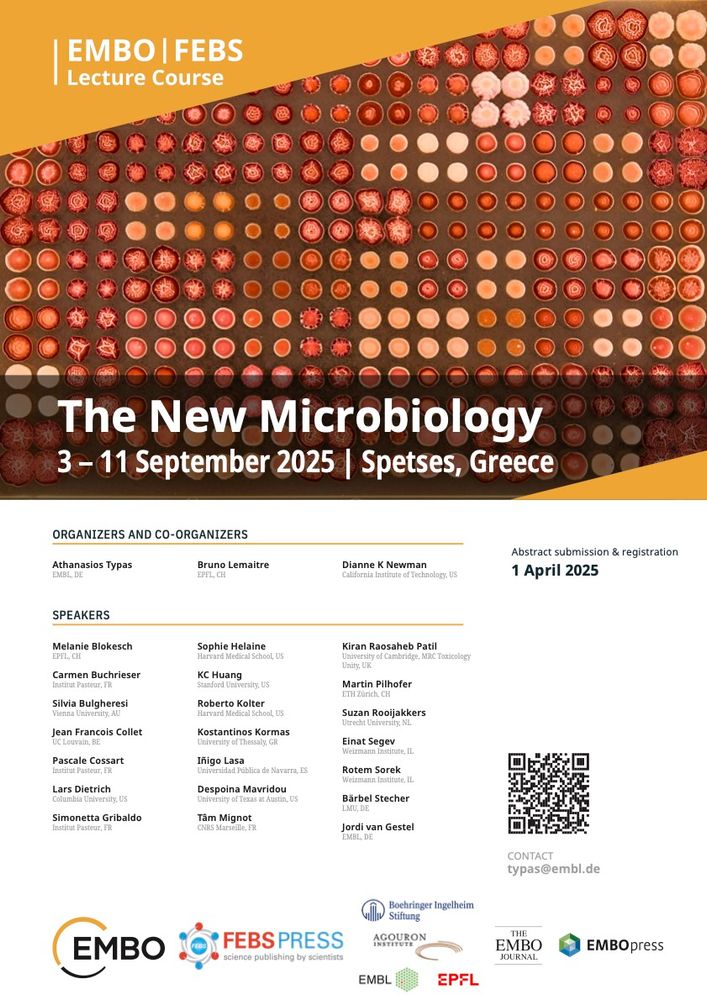
Registration: 1 Apr 2025
Course: 03 – 11 Sep 2025 | Spetses, Greece
meetings.embo.org/event/25-new...
It’s open to anyone in the 🌍
Call open 9 April 25
marie-sklodowska-curie-actions.ec.europa.eu/actions/post...
It’s open to anyone in the 🌍
Call open 9 April 25
marie-sklodowska-curie-actions.ec.europa.eu/actions/post...
www.nature.com/articles/s41...
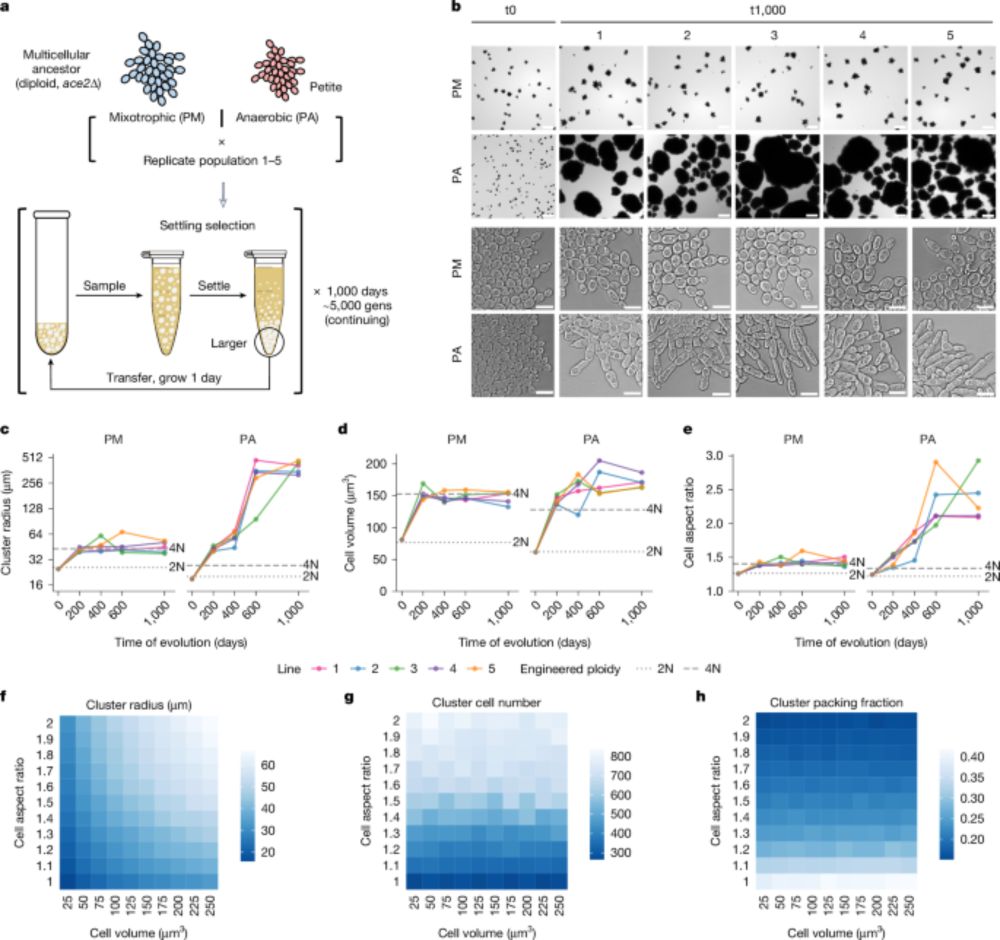
www.nature.com/articles/s41...
academic.oup.com/ismej/advanc...

academic.oup.com/ismej/advanc...
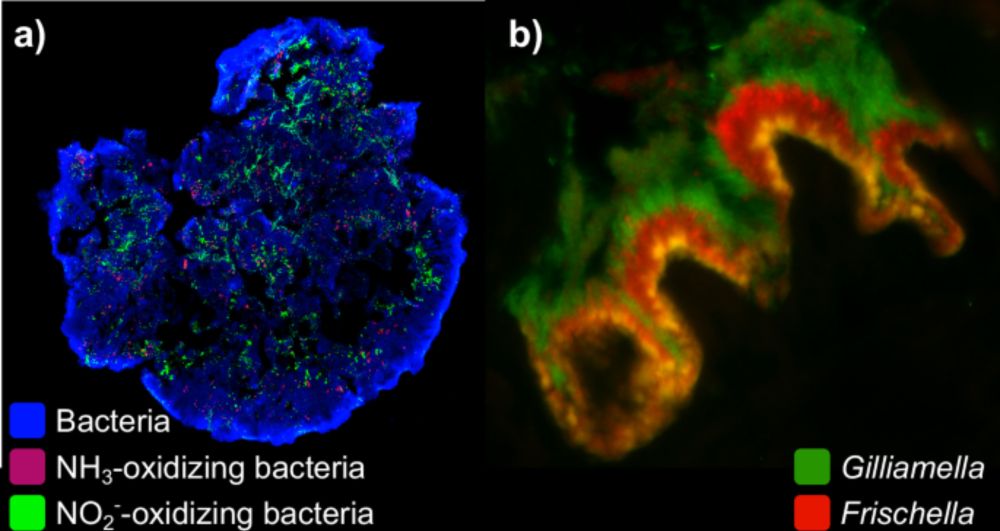
Mass lysis of predatory bacteria drives the enrichment of antibiotic resistance in soil microbial communities
www.cell.com/current-biol...
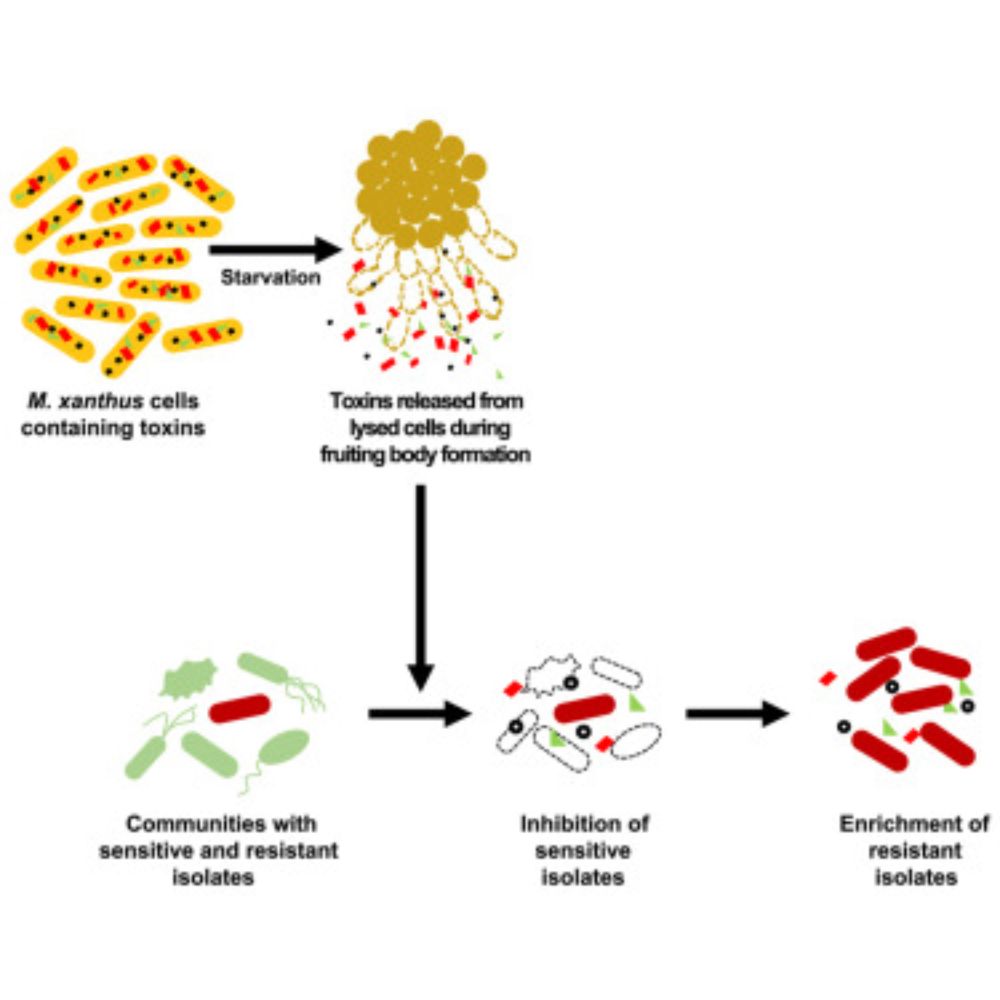
Mass lysis of predatory bacteria drives the enrichment of antibiotic resistance in soil microbial communities
www.cell.com/current-biol...
We show that predatory bacteria, M. xanthus can play an important role in the maintenance of AMR even in the absence of anthropogenic influx of antibiotics in the environment.
Read this awesome thread to know more
Survival of the resistant: When Myxococcus xanthus dies, antibiotic-resistant microbes rise, even without drug exposure.
Our manuscript is now online at @currentbiology.bsky.social
www.sciencedirect.com/science/arti...

We show that predatory bacteria, M. xanthus can play an important role in the maintenance of AMR even in the absence of anthropogenic influx of antibiotics in the environment.
Read this awesome thread to know more
Survival of the resistant: When Myxococcus xanthus dies, antibiotic-resistant microbes rise, even without drug exposure.
Our manuscript is now online at @currentbiology.bsky.social
www.sciencedirect.com/science/arti...

Survival of the resistant: When Myxococcus xanthus dies, antibiotic-resistant microbes rise, even without drug exposure.
Our manuscript is now online at @currentbiology.bsky.social
www.sciencedirect.com/science/arti...
